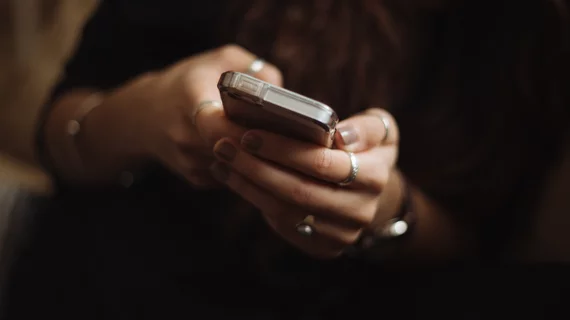Intermountain Healthcare, which operates 25 hospitals from its home base in Salt Lake City, introduced a COVID-specific AI chatbot named Scout in the spring of 2020.
The symptom-checking patient helper proved an instant hit, engaging with more than 157,000 people in its first two weeks at a clip of more than 9,000 exchanges per day.
With this quick rollout, Scout cut call volumes handled by humans by 30%. It also completed COVID screenings in more than 90% of interactions.
Those numbers supplied momentum to build on, and Intermountain has not squandered the opportunity.
Going on a year and a half later, Scout’s creator, Silicon Valley-based Gyant says its system has now been trained on 17 million of those exponentially expanding patient interactions.
The Washington Post covers the update in an article published July 27.
Naturally, Gyant and its Scout have more competition than ever as of the summer of 2021.
Equally unsurprising is the wary eye cast on the technology by medical researchers and consumer watchdogs.
As more tech vendors float AI-powered chatbots to check and triage symptoms for all manner of conditions beyond COVID, “data on the efficacy of the different chatbots is limited and the technologies need significant advancement to come close to imitating a doctor’s brain, researchers say,” WaPo reporter Rachel Lerman writes.
That’s fine, many developers respond, but such criticism misses the point of the bots currently in use.
“When someone thinks about an AI chatbot, I think the first thing people leap to is, we are trying to replace a doctor,” Buoy Health CEO Andrew Le tells the Post. “What we [chatbot developers] are really trying to do is replace the act of searching for symptoms, being scared and feeling not sure what to do.”
Reporter Lerman also looks at Woebot, a virtual “emotional assistant” introduced about a year ago. This bot does its duties cautiously, using AI only to accurately match patient inquiries with advice previously written and vetted by mental health professionals.
Regardless of the particulars vendor by vendor, chatbot technology “is advancing, and hospitals and health systems are increasingly keen to try out the technology as they warm up to virtual care after some success using it during the pandemic,” Lerman reports before commenting:
[A]s the world slowly opens up again and people get more comfortable with in-person activities—and with significant technological advancements still in the works—it’s safe to say that your doctor will continue to be a human. At least for now.”
Related AIin.Healthcare coverage:
Virtual therapists growing caseloads on COVID
Chat tool helping Intermountain screen, steer possible COVID-19 patients

